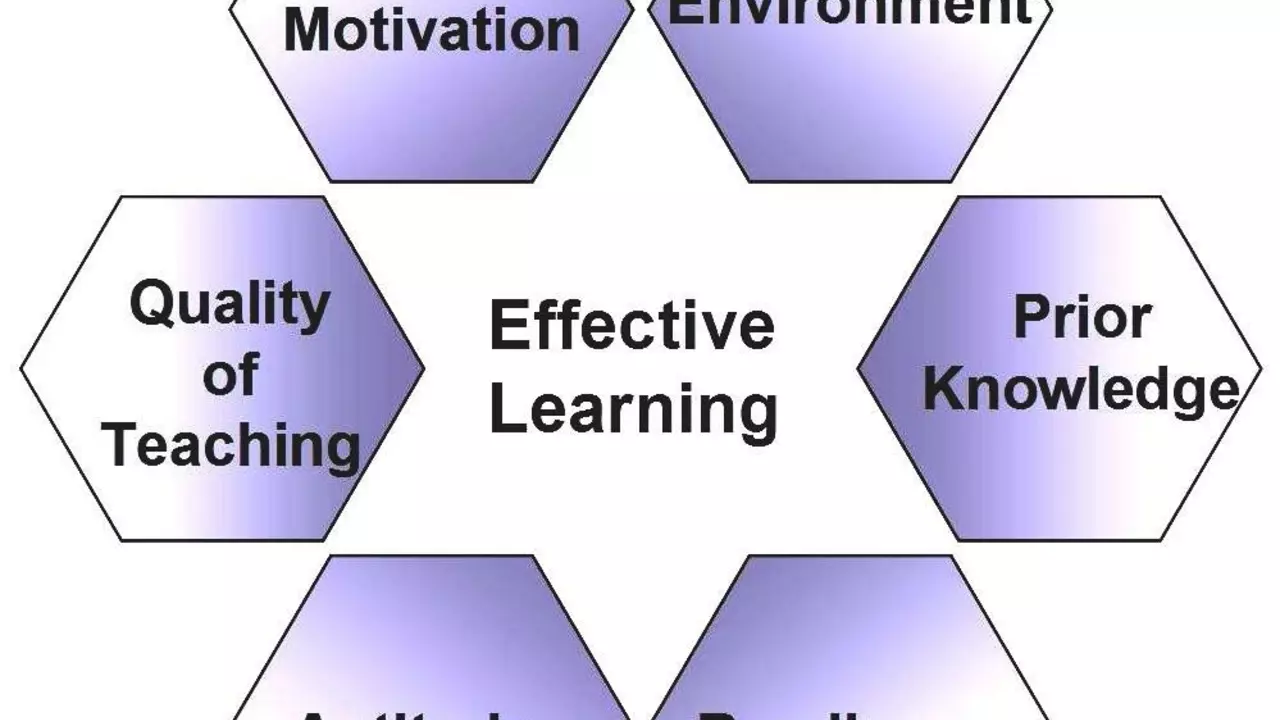Learning Process: Simple Steps to Get Better at Swimming
Want to know how to learn swimming without feeling lost? The key is breaking the skill into tiny, doable parts. Start with comfort in the water, then move to basic strokes, and finally add speed and endurance. Each stage builds on the last, so you never have to jump into the deep end unprepared.
Step 1 – Get Comfortable in the Water
The first thing most people forget is that confidence matters more than technique at the start. Spend a few minutes just floating on your back, breathing slowly, and feeling the water support you. Try blowing bubbles with your face in the water; it trains the breathing pattern you’ll use while swimming. If you can float and breathe at ease, you’ve already nailed the hardest mental hurdle.
Step 2 – Learn the Four Core Strokes
After you’re relaxed, tackle the four regulated strokes one by one: freestyle, backstroke, breaststroke, and butterfly. Don’t worry about speed; focus on the movement pattern. For freestyle, practice the arm pull and flutter kick separately before putting them together. Use a kickboard for the legs, then add the arm motion. Backstroke feels natural once you flip the body, so start by lying on your back and kicking gently. Breaststroke requires a distinct “frog kick” – try it on land first to feel the rhythm. Butterfly is the most demanding, so begin with a dolphin kick on your back and add the arm sweep later.
Repeat each stroke for about 10‑15 minutes per session. Consistency beats intensity when you’re just starting out.
Step 3 – Build Endurance and Speed
Once you can perform each stroke without thinking, introduce short intervals. Swim one lap of freestyle, rest 20 seconds, then repeat. Gradually shrink the rest time and add more laps. Mix in other strokes to keep the workout balanced. This interval method improves both stamina and technique because you stay focused on form while your body gets used to longer effort.
Step 4 – Track Progress and Adjust
Keep a simple log: date, stroke practiced, duration, and any trouble spots. If you notice you’re struggling with the butterfly kick, schedule an extra day just for that. Small, measurable goals keep motivation high. For example, aim to swim three laps without stopping by the end of week two.
Don’t forget to stretch before and after each session. Shoulder rolls, ankle circles, and a quick calf stretch reduce soreness and prevent injuries that could stall your learning process.
Common Mistakes to Avoid
Skipping the breathing practice is a big error – you’ll tire out fast and feel panic in the water. Also, trying to swim fast before mastering the basics leads to bad habits that are hard to break later. Finally, neglecting rest can cause shoulder or knee pain, so listen to your body and take a day off if you feel sore.
Remember, learning to swim is a gradual journey. By following this straightforward process – comfort, core strokes, endurance, tracking, and smart adjustments – you’ll see steady improvement without feeling overwhelmed. Grab a towel, hit the pool, and enjoy each small win along the way.
